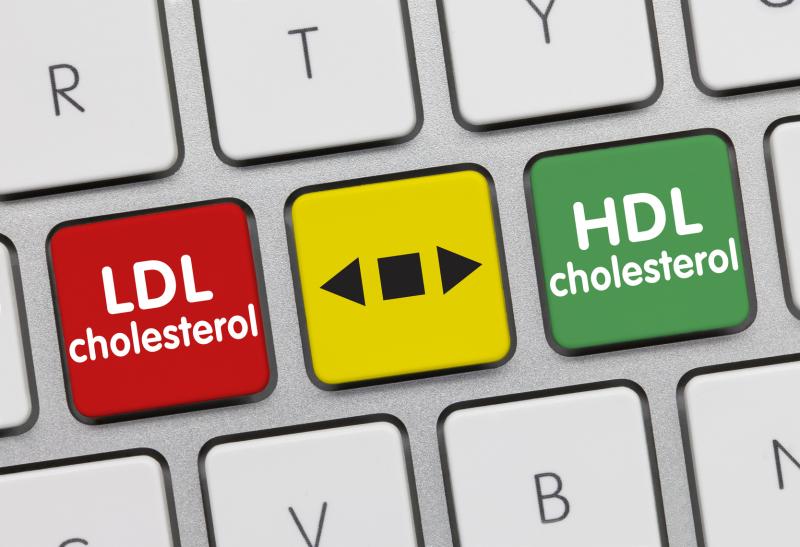
Intensive lipid-lowering therapy is recommended to adults with a very high risk for atherosclerotic cardiovascular disease (ASCVD) events based on the 2018 American Heart Association/American College of Cardiology (AHA/ACC) cholesterol guideline, reports a study.
To estimate event rates among adults with a history of ASCVD who met and did not meet the definition of very high risk in the 2018 AHA/ACC cholesterol guideline, the investigators analysed data from US adults with health insurance in the MarketScan database who had an ASCVD history on 1 January 2016 (n=27,775). They followed patients through 31 December 2017 for ASCVD events, including myocardial infarction, ischaemic stroke and major adverse limb events.
Very high risk for ASCVD events was defined as a history of at least two major ASCVD events or one event and two or more high-risk conditions.
Of the patients with ASCVD, more than half (n=15,366; 55.3 percent) met the definition of very high risk. The ASCVD event rate among those with and without very high risk was 53.1 (95 percent confidence interval [CI], 50.1–56.1) and 17.0 (95 percent CI, 15.2–18.9) per 1,000 person-years, respectively.
Moreover, the ASCVD event rate per 1,000 person-years was 89.9 (95 percent CI, 82.2–98.0) among patients with ≥2 major ASCVD events and 41.3 (95 percent CI, 38.3–44.4) among those with one event and ≥2 high-risk conditions.
The age- and sex-adjusted hazard ratios (HRs) for ASCVD events were higher among patients with very high risk with ≥2 major ASCVD events (HR, 2.98, 95 percent CI, 2.63–3.37) and with one event and ≥2 high-risk conditions (HR, 4.89, 95 percent CI, 4.22–5.66) than among those without very high risk (HR, 2.33, 95 percent CI, 2.04–2.66).
“The 2018 AHA/ACC cholesterol guideline includes recommendations for intensive lipid-lowering therapy in patients at very high risk for ASCVD events,” the investigators said.